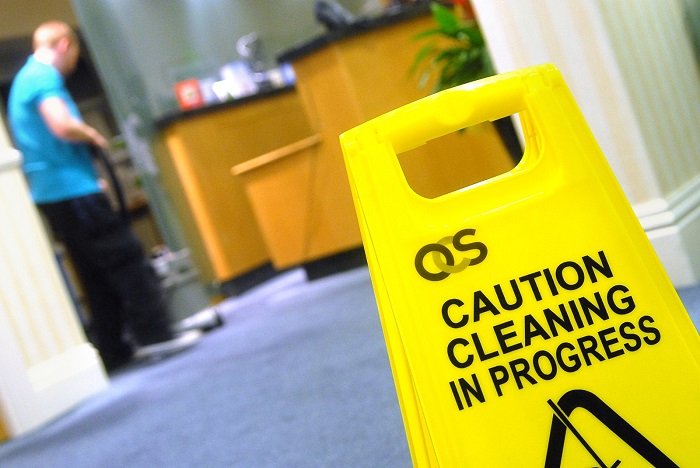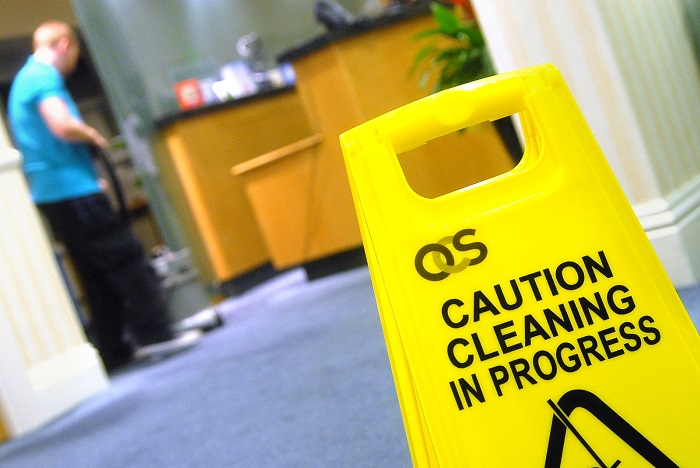
Therefore it is always worth taking to time to ensure your floors are safe and ’slip-proof’.
There are many steps you can take to increase awareness of health and safety, preventing injury at the same time. Firstly, carry out a risk assessment. Perhaps refer to the Health and Safety Executive’s guidelines for your specific industry. They should also carry information about how to address any risks that are identified.
Secondly, publicise your internal health and safety policy and procedures, or create one quickly if no such document currently exists. Make it mandatory for staff to read the policy; letting them know as and when any updates are issued.
Industrial flooring is a danger in itself. No doubt it is cleaned over night, but during the course of the day, it can get covered in slippery substances, an inevitable by-product of the work being done or when nature is brought in. Buy huge rubber doormats so that workers can wipe their feet on rainy or snowy days.
Fill in any dips and cracks which might cause someone to trip, with an industrial flooring product. These usually paint on easily and dry within hours. Some are self-levelling so can smooth out uneven floors. Others contain a textured, anti-slip substance.
Remove any obvious and transferable hazards to avoid trips. Perhaps use hazard tape or floor paint to indicate lines on the floor to clearly define pathways and stop obstructions being stored in dangerous places.
Use day-glow grip tape on the edge of stairs to minimise the risk of anyone sliding, particularly in darkened areas, although of course, adequate lighting should be provided.
Theses are just a few ways in which you can ’slip-proof’ your workplace; they don’t take much effort, nor much expense, but will pay dividends in the long run.

